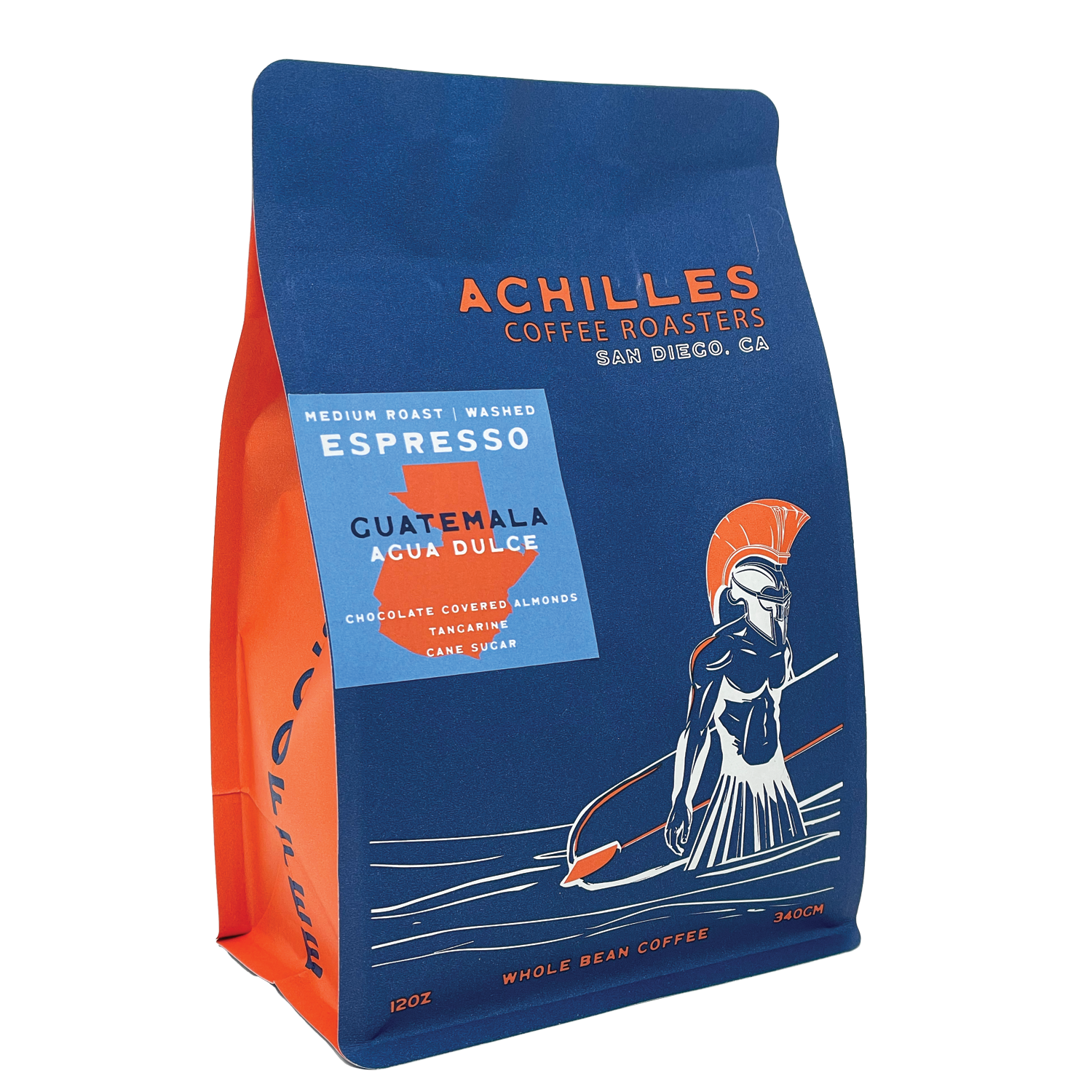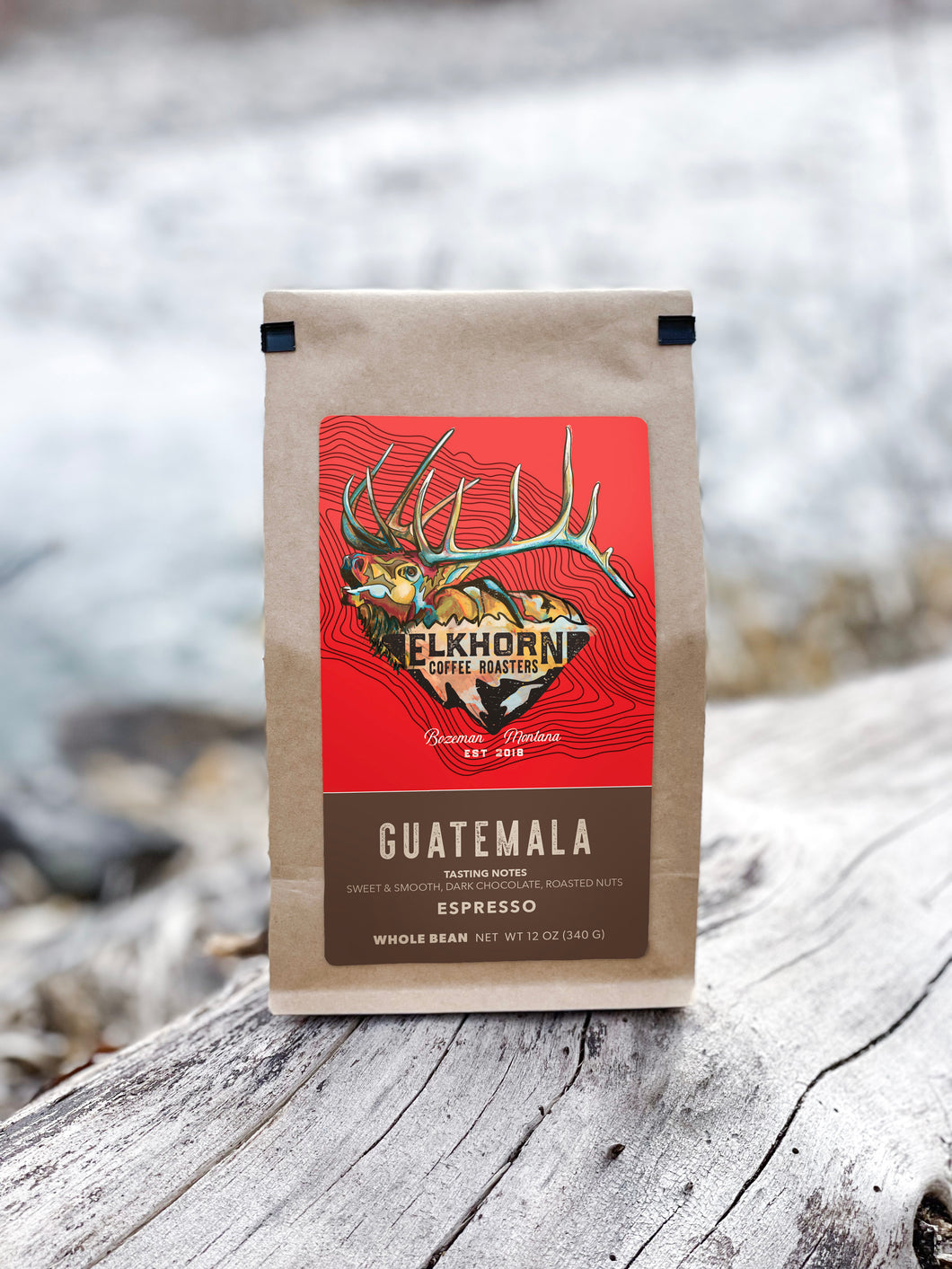Comprehending Coffee Beans: the Journey From Espresso to Blended Coffee Beans

The Origins of Coffee: A Worldwide Viewpoint
While you may think about coffee as a modern staple, its origins map back centuries, linking with societies throughout the globe. The tale begins in Ethiopia, where tale claims a goat herder named Kaldi found the invigorating effects of coffee beans after noticing his goats frolicking vigorously after eating them. This triggered passion, resulting in coffee's spread to Arab traders that cherished the made drink. By the 15th century, it got to Persia, Egypt, and Turkey, where coffee shops became social centers for discussion and society.
As profession courses broadened, coffee made its way to Europe in the 17th century, promptly obtaining popularity. It transformed from a magical drink into an everyday ritual, intellectual exchanges and motivating events. Each culture added its special spin to coffee preparation, improving its history. This global journey highlights just how coffee connects us, transcending boundaries and joining diverse customs with a basic bean.
Growing and Harvesting of Coffee Beans
As coffee's journey progressed, the focus changed to the growing and harvesting of particular bean varieties, especially those made use of for coffee. You'll discover that coffee beans usually originate from Arabica or Robusta plants, each offering distinct tastes. The suitable expanding conditions include high elevations and rich, well-drained soil, which enhance the beans' high quality.
Throughout the harvest, choosing methods differ. Timing is essential; you want to gather when the cherries reach peak perfection for maximum taste.
As soon as gathered, the beans are gotten ready for handling, which is important in determining their final taste. Recognizing the farming and collecting processes offers you insight into what enters into your favorite espresso, improving your admiration for each mug.
Handling Methods: From Cherry to Bean
Now that you've learnt more about gathering coffee beans, let's explore exactly how those cherries change right into the coffee beans you like. You'll see exactly how different harvesting techniques influence flavor, followed by the vital actions of fermentation and drying out. Lastly, we'll damage down the milling and grading procedure that determines your coffee's high quality.
Gathering Techniques Clarified
When it comes to coffee, recognizing harvesting methods is essential, since they directly influence the taste and quality of the beans you delight in. There are two primary approaches: selective selecting and strip picking. Selective choosing involves hand-picking just ripe cherries, ensuring you get the most effective quality beans. This method often results in a richer taste account, though it's more labor-intensive. On the other hand, strip selecting methods gathering all cherries simultaneously, no matter of perfection. While it's quicker and less expensive, this can lead to a mix of tastes, impacting the end product. Eventually, the selection of collecting strategy can substantially affect your coffee experience, so it deserves knowing exactly how those beans made it to your mug.
Fermentation and Drying
After collecting, the following action in processing coffee beans play a substantial role fit their taste. You'll find that fermentation is important, as it helps damage down the mucilage surrounding the beans, improving their taste profile. Relying on the method, this procedure can last from a few hours to numerous days, with differing outcomes based on temperature and humidity.
Once fermentation is full, drying out adheres to, which is just as vital. You can select from mechanical or sun-drying drying techniques. Sun-drying allows the beans to soak up tastes from the environment, while mechanical drying warranties regular moisture levels despite weather condition. Appropriate drying is vital to avoid mold and protect the beans' top quality, inevitably influencing your cup of coffee.
Milling and Grading Refine
As fermentation and drying out established the phase for flavor growth, the milling and grading process guarantees that just the best coffee beans make it to your cup. This stage involves removing the external layers of the coffee cherry, consisting of the parchment and husk. High-grade beans obtain a higher grade, resulting in a richer coffee experience.
Roasting Methods: Unlocking Flavor Potential
When you roast coffee beans, the method you choose can considerably influence the taste account. Recognizing the partnership in between time, temperature level, and roasting techniques is essential to exposing the capacity of your mixture. Let's check out how these aspects integrated to create the best cup.
Roasting Techniques Discussed
While you might assume that all coffee toasting techniques produce the exact same results, the fact is that each method reveals unique flavor possibilities in the beans. Drum toasting uses a rotating drum to uniformly distribute heat, enhancing caramelization and creating a balanced flavor. Air roasting, on the various other hand, circulates hot air around the beans, advertising a lighter roast with obvious acidity.

Impact on Taste Account
Different roasting techniques not only affect the procedure yet also considerably influence the taste account of the coffee beans. Dark roasts, on the various other hand, bring out bold, smoky flavors, occasionally covering up the bean's unique qualities. Comprehending these subtleties aids you value the virtuosity behind your mug of coffee, boosting your overall experience with every sip.
Time and Temperature Aspects
To launch the full taste potential of coffee beans, both time and temperature throughout the roasting process play considerable roles. When roasting, you'll find that greater temperature levels can swiftly establish flavors, but if you rush it, you might wind up with charred notes. On the other hand, lower temperature levels enable visit this site a more gradual flavor advancement, showcasing the beans' one-of-a-kind features.

Timing is simply as essential; extending the roast too long can bring about a loss of acidity see here now and brightness, while as well brief a roast could leave the beans underdeveloped. Discovering that sweet area calls for method and trial and error. By readjusting these factors, you can reveal the abundant, complicated flavors hidden within each bean, creating a really exceptional coffee experience.
The Art of Mixing: Crafting Distinct Coffee Profiles

Begin by picking a base coffee that supplies a solid structure. After that, pick complementary beans to improve specific taste notes. For circumstances, a bright Ethiopian bean can bring fruitiness, while an abundant Brazilian coffee adds body. Testing is essential-- don't hesitate to readjust ratios until you find your excellent account.
As you mix, remember that each combination tells a story. You're not simply making coffee; you're developing an experience. So, take your time, taste regularly, and take pleasure in the trip of uncovering your signature blend.
Brewing Approaches: Just How Prep Work Affects Flavor
Blending coffee opens up a domain name of flavor opportunities, but just how you brew that mix can significantly influence your last cup. On the various other hand, a pour-over highlights the coffee's clarity and illumination, ideal for showcasing fragile notes.
Espresso, with its high stress, produces a focused shot that highlights sweet taste and crema. If you choose a lighter mixture, think about a cold mixture method; it generates a smooth, less acidic taste.
Adjusting variables like water temperature, grind dimension, and brew time can transform your coffee's account. Embrace the art of brewing to uncover the tastes hidden in your coffee blends.
The Future of Coffee: Sustainability and Technology
As the coffee industry develops, sustainability and technology are ending up being essential for attending to ecological challenges and conference customer demands. You'll observe that even more coffee companies are embracing environmentally friendly techniques, from sourcing beans ethically to applying sustainable farming strategies. These shifts not only help the world however additionally boost the quality of the coffee you delight in.
You may see technologies like naturally degradable product packaging and water-saving developing approaches that decrease waste. Advanced modern technology, such as blockchain, is also ending up being preferred, ensuring transparency in the supply chain, which allows you to map your coffee back to its beginnings.
Additionally, buying local neighborhoods and sustaining farmers via fair profession campaigns fosters a much more lasting coffee ecosystem. As you drink your following mug, keep in mind that your choices can add to a brighter future for coffee. By going with sustainable brand names, you're not just appreciating a drink; you're making a positive effect on the world.
Regularly Asked Concerns
What Is the Difference In Between Arabica and Robusta Beans?
Arabica beans are smoother, sweeter, and have a higher acidity, while robusta beans are more powerful, much more bitter, and consist of even more caffeine. You'll notice these distinctions in flavor and fragrance when brewing your coffee.
How Does Elevation Affect Coffee Bean Flavor?
Elevation impacts coffee bean taste significantly. Greater elevations generate beans with brighter acidity and facility tastes, while lower elevations frequently produce beans that are much heavier and less nuanced. You'll observe these differences in your mug!
What Are the Health Perks of Drinking Coffee?
Consuming coffee can boost your power, improve psychological focus, and also boost physical efficiency. It's abundant in anti-oxidants, might reduce the risk of particular illness, and can promote a healthier metabolism when look at more info eaten in moderation.
Can Coffee Beans Be Recycled for Developing?
Yes, you can recycle coffee beans for developing, however the taste may be weaker. If you appreciate experimenting, attempt recycling them in different methods, like cool mixtures or including in smoothies for an added kick.
Exactly how Should I Store Coffee Beans for Freshness?
To keep your coffee beans fresh, keep them in an impermeable container in an awesome, dark location. Prevent subjecting them to light, dampness, or warmth, as these elements can swiftly weaken their taste and aroma.
Recognizing Coffee Beans: the Trip From Coffee to Blended Coffee Beans.
Now that you've discovered concerning harvesting espresso beans, allow's check out just how those cherries change right into the coffee beans you enjoy.When you roast coffee beans, the approach you select can drastically affect the flavor profile - Single Origin Espresso.While you might think that all coffee roasting methods yield the same results, the truth is that each technique reveals distinct taste possibilities in the beans.Various roasting methods not only affect the process yet also greatly impact the flavor account of the coffee beans